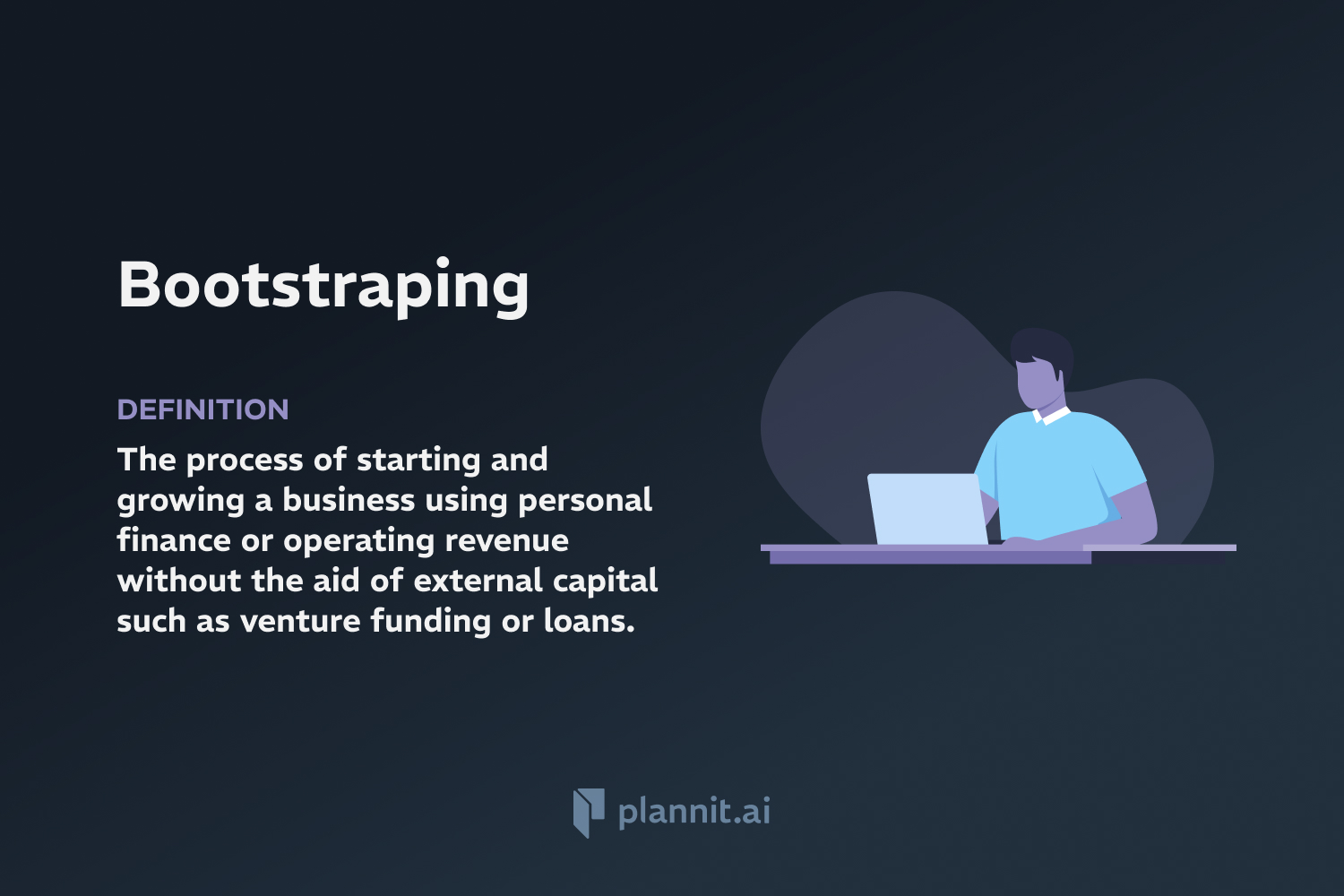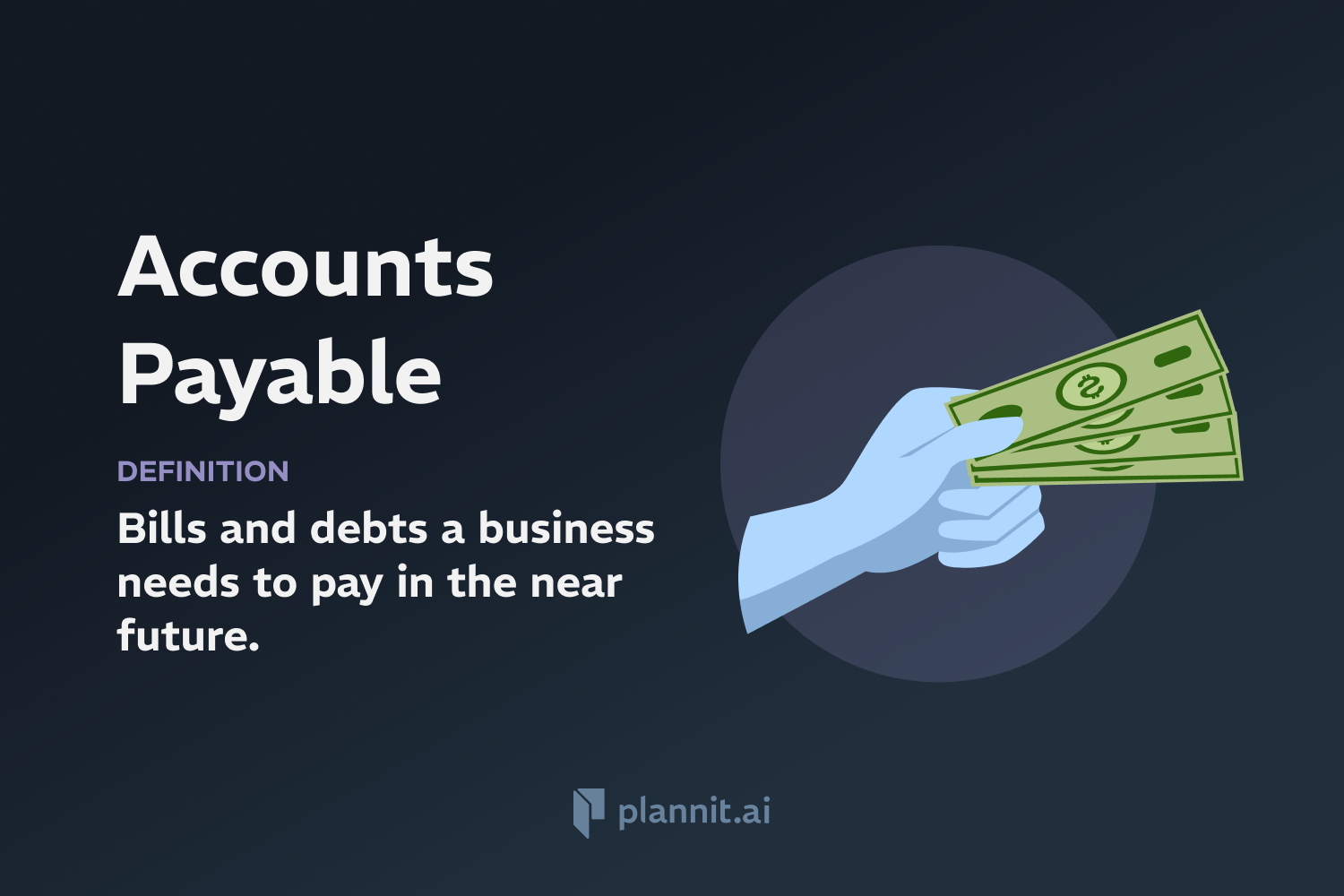Need Help With Your Business Plan?
Answer tailored questions and get a detailed business plan in minutes.
Vision Statement: Definition & In-Depth Explanation
A vision statement is a declarative sentence or paragraph that a company uses to describe its long-term goals and the ideal state it aims to achieve in the future. Unlike a mission statement, which presents the company’s current objectives and how they are pursued, the vision statement is aspirational and intended to inspire and give direction to the company’s employees and stakeholders. It articulates the company's dreams for the future and provides a clear guide for choosing current and future courses of action.
Purpose:
The purpose of a vision statement is to serve as a clear guide for what the organization aspires to be; it sets a defined direction for the company's growth and development. It motivates and inspires employees and other stakeholders by providing a sense of common purpose. A well-crafted vision statement helps align the organization’s values and goals, ensuring that strategic planning and decision-making processes support the long-term objectives.
Example:
An example of a powerful vision statement is from Microsoft (from its early days): "A computer on every desk and in every home, all running Microsoft software." This statement provided a clear and futuristic vision that helped guide the company’s strategies and operations towards making computing personal and accessible to a global audience.
Related Terms:
Mission Statement: A statement of the organization's purpose, describing who the company is and what it does. Mission statements focus on the present and are meant to inform and direct day-to-day operations.
Core Values: Essential and enduring tenets of an organization. A small set of timeless guiding principles that require no external justification; they have intrinsic value and importance to those inside the organization.
Strategic Objectives: Specific goals that organizations aim to achieve over a set period which help move the company toward the realization of its vision.
Corporate Culture: The beliefs, behaviors, and characteristics of a company's internal environment. Alongside formal rules and policies, it guides how employees think, act, and feel as they work.
FAQs:
What makes a good vision statement?
A good vision statement is clear, inspirational, and ambitious. It reflects the company’s highest priorities and it aligns with its values, culture, and long-term objectives.
How often should a vision statement be updated?
A vision statement should remain fairly consistent, providing a long-term perspective. However, it may be revisited and refined as the company grows or if there are significant changes in the market or industry that affect the organization’s strategic direction.
Can a vision statement impact customer perception?
Yes, a vision statement can significantly influence customer perception by communicating the company's long-term commitments and values. It can help customers align their personal values with those of the company, enhancing loyalty and trust.
How does a vision statement differ from a vision?
A vision is a broad concept or mental image of what one aspires to achieve, while a vision statement is a specific articulation of that vision, formulated in a clear and concise manner to guide an organization.
Is a vision statement necessary for small businesses?
Yes, even small businesses can benefit from having a clear vision statement as it provides direction, inspires employees, and helps in building a strong brand identity.
Get funding with a business plan that will impress investors.
Starting a New Business?



